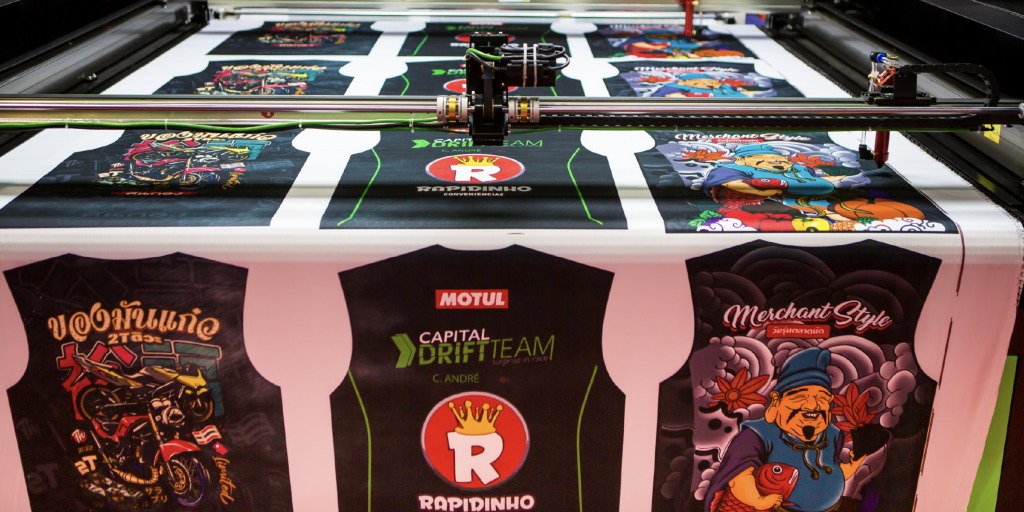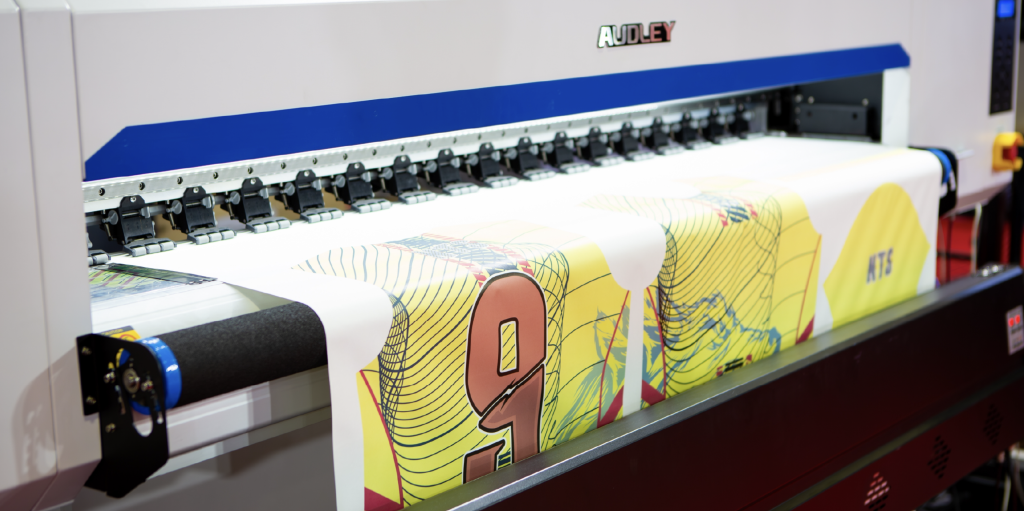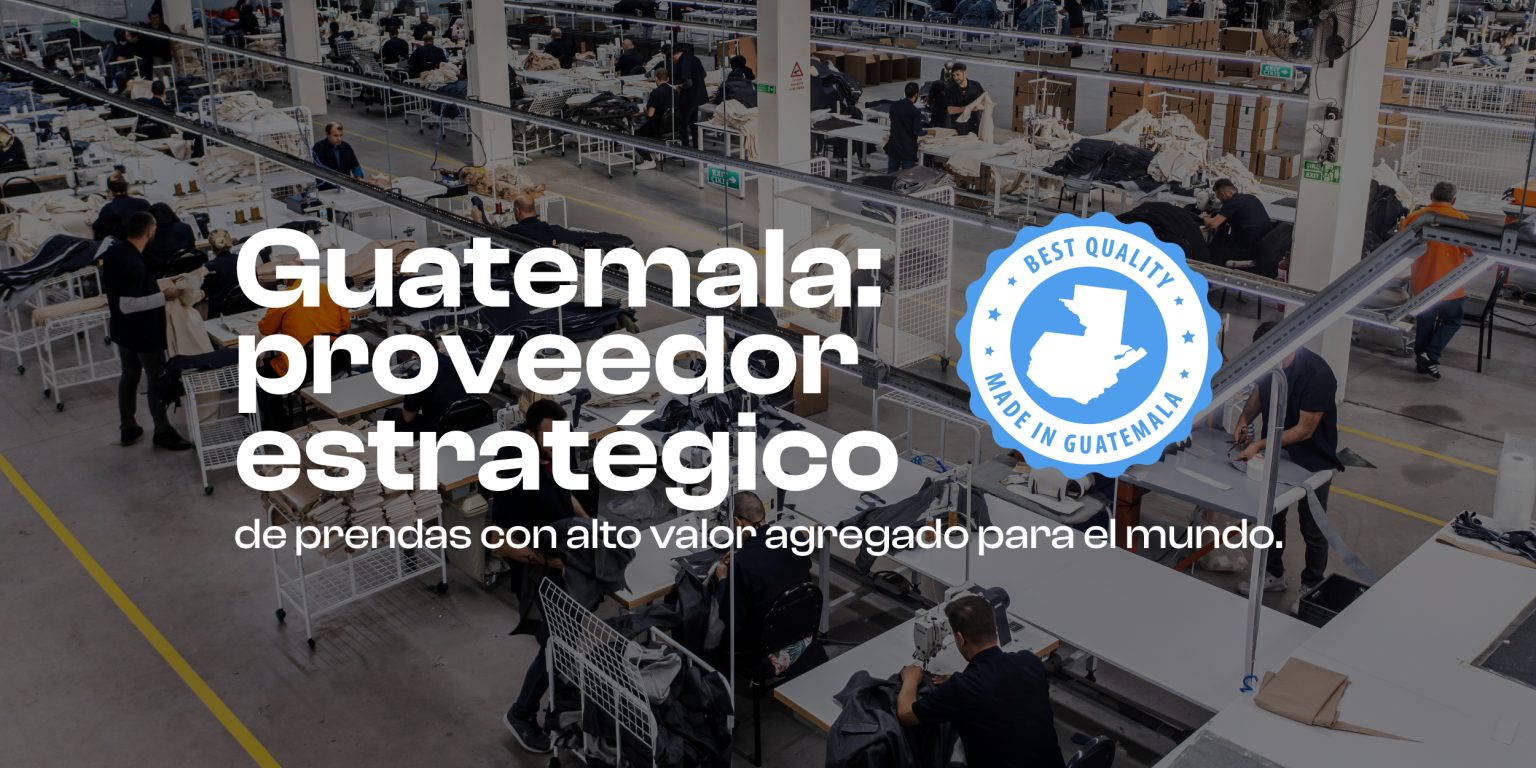The apparel and textile industry in Guatemala has evolved to consolidate itself as an integral, competitive and sustainable supplier for global markets. Thanks to its high value-added production model, the country is positioned as a key platform for brands seeking agility, traceability, compliance, and differentiated products in the apparel industry.
One of the sector’s greatest strengths is its vertical integration model. In Guatemala, many companies operate under “full package” schemes, which cover the entire production cycle: from the development of the base product, such as yarn or textiles, to processing, embroidery, screen printing, sublimation, packaging and logistics. This represents a competitive advantage over other countries in the region, as it reduces delivery times, improves quality controls and facilitates traceability. Currently, technological developments have been a determining factor in offering added value in this highly competitive industry.
This capacity allows the company to respond quickly to the demands of the international market and to adapt to high-volume orders or specialized production. The industry offers not only finished garments, but integrated solutions, with a collaborative approach with the customer through its integrated cluster.
Differentiated products and niche specialization
The focus on specialization has been key to increasing value added. Guatemala currently accounts for 58.4% of the country’s total value added exports¹.
¹ Source: Office of Trade Treaty Administration, measurement year 2024 finalized.
The apparel and textile industry is not only limited to the manufacture of basic T-shirts; the country also produces complex and specialized garments integrating special seams and quality finishes such as sublimation, silk-screen printing, textile printing or textile vinyl. Its varied offer includes activewear and sportswear, coats, jackets and jackets (outerwear), casualwear, uniforms, workwear, industrial safety clothing (workwear), and children’s clothing (childrenswear). In addition, compression hosiery, leather belts, zippers, buttons and various textile accessories are manufactured to meet the needs of all types of brands.
In recent years, Guatemalan companies have also developed new applications to make garments more comfortable, with anti-microbial, anti-flame, and UV protection technology, among others. The apparel and textile industry in Guatemala is increasingly adopting the use of recycled fibers, such as polyester and recycled cotton, to create sustainable garments, in addition to using textile waste and PET bottles to create new fabrics and garments.
Customization, innovation and quality in tailoring thus become hallmarks of the country.
In Guatemala, quality is seen not only as a quality of the product, but as an integral part of the manufacturing process from the origin, which makes yarns, fabrics and garments recognized.

Strategic proximity to the largest market in the world
Guatemala is in a privileged geographical position as it is close to one of the most important markets in the world, the United States. Guatemala can supply distribution centers in less time than its competitors in Asia. This translates into faster deliveries, reduced inventories, a smaller environmental footprint due to transportation, and an immediate response to consumer demand.
Skilled and resilient human capital
The country has an expert labor force in apparel and textile processes. More than 180 thousand direct jobs -and around half a million indirect jobs- depend on the sector. These are highly trained workers who contribute to maintaining the quality, precision and productivity of industrial processes.
The industry has invested in continuous technical training through initiatives such as the Academia de la Industria Textil (AIT), promoted by VESTEX, which trains operators, supervisors, managers, and technical personnel in various strategic areas. In addition, the Centro de Innovación y Desarrollo Textil -CIDITex- was created to strengthen the knowledge of operators, middle management, and managers through the Universidad del Istmo and the Centro Educativo Kinal.

With annual exports in excess of US$2 billion, Guatemala is one of the leading exporters of apparel and textiles in Latin America. The United States is the main destination, accounting for more than 70% of total exports, but the industry also reaches markets such as Mexico, Central America, Europe and Asia.
The sector continues to expand. Domestic and foreign investments have strengthened advanced manufacturing capabilities, while events such as the Apparel Sourcing Show position Guatemala as a textile business hub in the region.
A sector with sustainable commitment
Guatemala is a pioneer in Latin America in moving towards a more sustainable textile industry. Many companies have incorporated responsible practices such as water reuse, proper waste management, carbon footprint reduction, energy efficiency, and international certifications such as WRAP, ISO 14001, OEKO-TEX, HIGG Index, among others.
In addition, it promotes compliance with labor rights, occupational health and safety, and decent working conditions, aspects that are increasingly valued by international buyers. In the words of VESTEX, “the sector has understood that sustainability is not a trend, but a market demand and a shared responsibility”Are you looking for reliable textile, finishing, garment or apparel suppliers? Guatemala is the ideal option for brands that are looking for more than just manufacturing: they are looking for a true strategic alliance.


